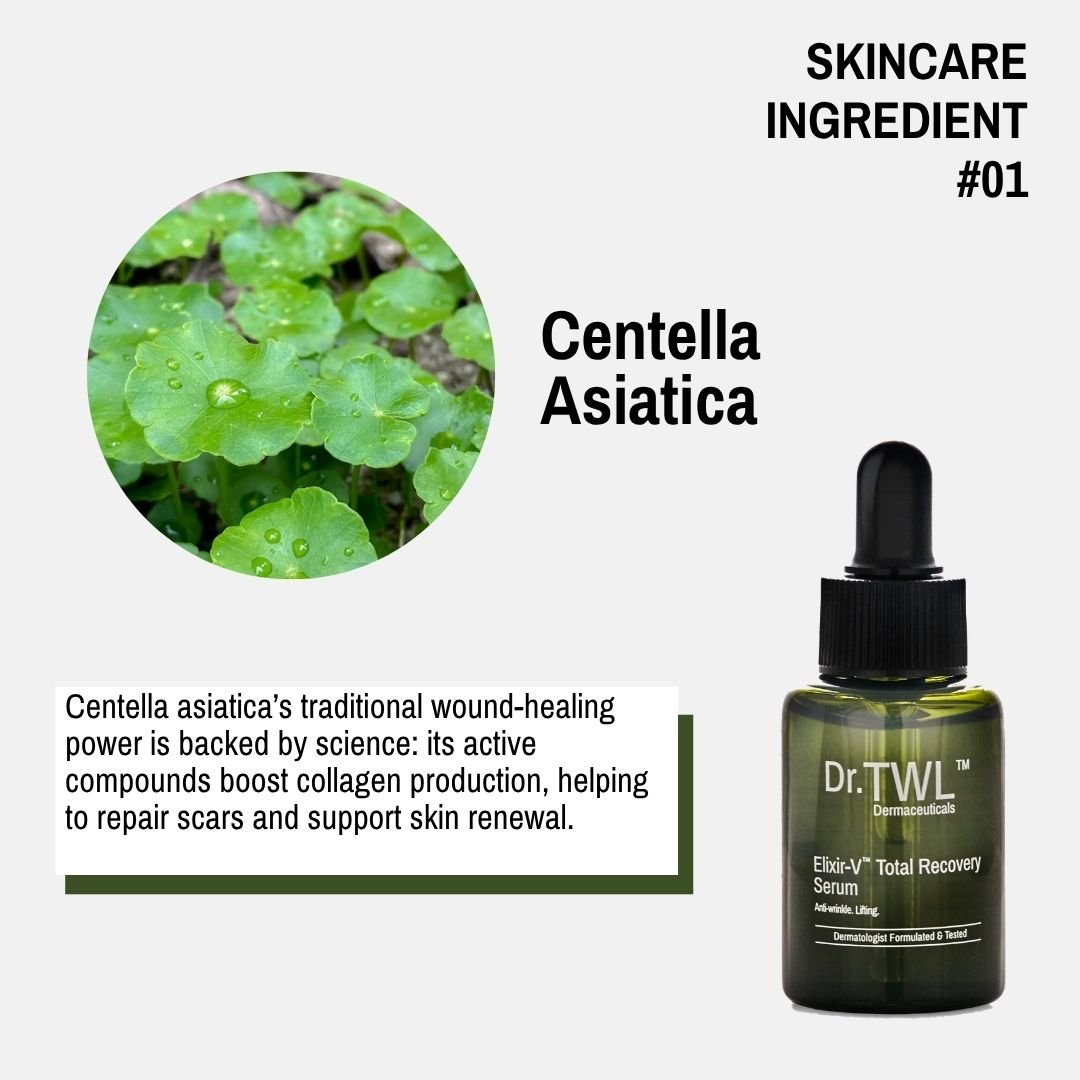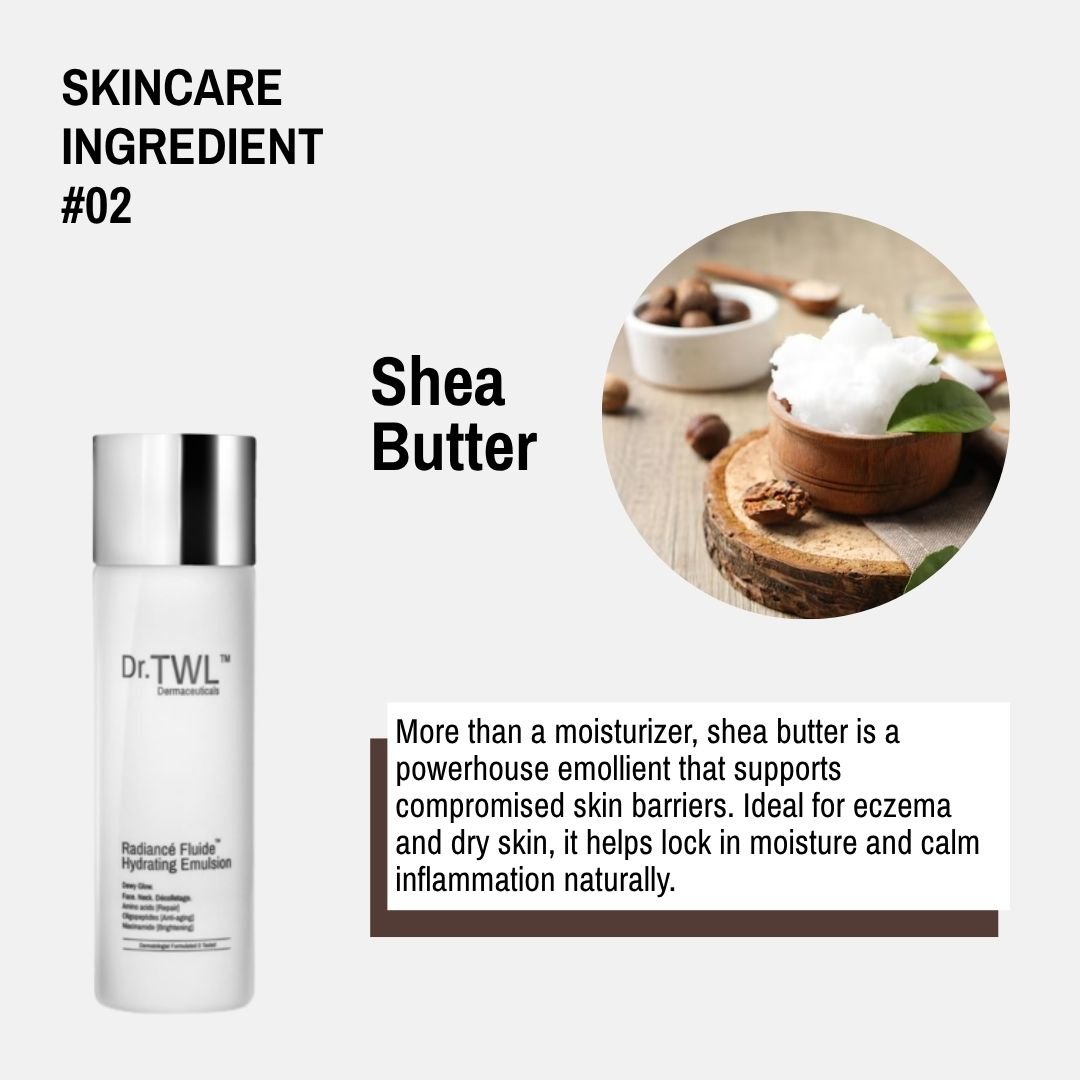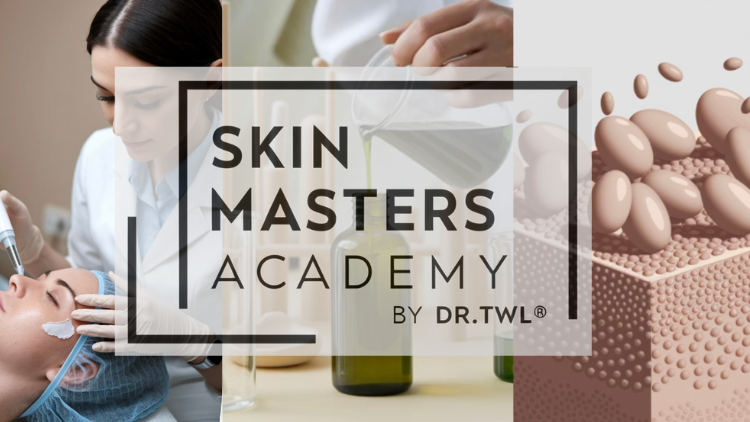Ancient Prescription for Modern Skin: How Ethnobotany Revolutionizes Plant-Based Skincare & Dermatology
In the sterile, precise world of modern dermatology, a powerful and ancient science is re-emerging. We are looking to the past—to the verdant pharmacies of our ancestors—to find sophisticated solutions for today’s complex skin concerns. This journey into the heart of ethnobotany is revolutionizing the entire field of plant-based skincare. It’s about moving beyond simple “natural” beauty and embracing a dermatological approach rooted in millennia of human-botanical interaction. This offers profound benefits for both therapeutic and cosmetic skincare solutions.

The term “plant-based skincare” has blossomed into a major market trend, but its true potential lies far beyond surface-level aesthetics. For centuries, across every inhabited continent, indigenous and local communities have cultivated a deep, clinical understanding of the plants in their environment. This was not skincare for vanity’s sake; it was dermatology in its purest form. This ancestral knowledge, passed meticulously through generations, formed the primary pharmacopoeia for treating a spectrum of dermatological disorders. The efficacy of this traditional plant-based skincare is now being validated by modern science.
Today, as patients and practitioners alike seek effective, well-tolerated, and sustainable therapeutic options, the wisdom of ethnobotany offers a compelling frontier for plant-based skincare. It provides a rich pipeline of bioactive compounds and treatment concepts that now undergo rigorous testing. This article will delve into the profound role of ethnobotany in dermatology, exploring its historical clinical applications, the scientific mechanisms validating this ancient wisdom, and how this knowledge is shaping the future of evidence-based, plant-based skincare.
Whispers of the Ancients: The Historical Roots of Plant-Based Skincare
The use of plants as medicine for the skin is a practice as old as humanity itself. Long before the advent of modern dermatology, every culture had its own sophisticated plant-based skincare systems. The ancient Egyptians, renowned for their advanced medical practices, documented extensive dermatological treatments. They used ingredients like aloe vera, not just for soothing sunburn, but for treating burns and chronic skin lesions—a cornerstone of healing within their topical remedies.
In ancient Greece, Hippocrates, the “Father of Medicine,” documented the use of over 400 medicinal plants. Willow bark, containing a precursor to salicylic acid, was used to reduce inflammation, demonstrating an early form of targeted plant-based skincare. Olive oil was a key component in topical preparations for treating ulcerative skin conditions and what we now recognize as dermatitis.
The 5,000-year-old Indian system of Ayurveda offers one of the most comprehensive traditional dermatological frameworks, representing a complete system of holistic, plant-based skincare. Skin diseases, or kushtha, are described in detail, with specific botanical protocols. Turmeric was prescribed to manage inflammatory dermatoses, while the Neem tree was the primary treatment for infectious skin diseases. These historical practices represent a global, human-wide clinical trial of plant-based skincare conducted over thousands of years, providing an invaluable starting point for modern research.
The Science Behind the Folklore: Validating Traditional Plant-Based Skincare
The critical link between a traditional plant remedy and a modern dermatological product is rigorous scientific validation. This research transforms anecdotal evidence into evidence-based science, underpinning the credibility of today’s effective plant-based skincare.
Consider Centella asiatica, or Gotu Kola. We now understand its traditional use for wound healing through a dermatological lens. In clinical studies, researchers shows that active triterpenoids in Centella asiatica significantly upregulate Type I and Type III collagen synthesis. This makes it a valuable ingredient in managing scars and a star in modern plant-based skincare formulations for skin repair.

Turmeric’s journey from a traditional remedy to a dermatological powerhouse further illustrates this validation. Its primary polyphenol, curcumin, exerts its effects by inhibiting key inflammatory mediators. This mechanism is directly relevant to the pathophysiology of psoriasis. Clinical trials have explored both topical and oral curcumin as an adjunct therapy, with promising results, solidifying its role in therapeutic plant-based skincare. The scientific process allows for enhanced safety and efficacy, ensuring patients receive a consistent product with predictable results.
A Global Apothecary: Key Botanicals in Modern Skincare
The global biodiversity offers a vast arsenal of botanicals with specific applications for dermatological health. Many of these are now star ingredients in both over-the-counter cosmeceuticals and specialized clinical treatments, forming the core of the plant-based skincare movement.
Tea Tree Oil (Melaleuca alternifolia)
This essential oil is a classic example of an ethnobotanical antimicrobial. In dermatology, we know it most famously to treat acne vulgaris. Studies have shown its efficacy in reducing acne lesions. This makes it a popular alternative to benzoyl peroxide in many plant-based skincare lines.
Shea Butter (Vitellaria paradox)
More than just a simple moisturizer, this West African butter is a superior emollient for compromised skin barriers. For patients with eczema or xerosis, where barrier function is poor, shea butter is a foundational ingredient in therapeutic plant-based skincare, helping to reduce water loss and soothe inflammation.

Licorice Root (Glycyrrhiza glabra)
A staple in traditional medicine, licorice root is a powerful dermatological agent. It contains glabridin, a compound that acts as a potent tyrosinase inhibitor, helping to reduce hyperpigmentation. As a result, this makes it a prized ingredient in plant-based skincare products targeting dark spots and uneven skin tone.

Oat (Avena sativa)
Colloidal oatmeal baths have been recommended by dermatologists for decades. This practice has its roots in folk medicine. Oats contain avenanthramides, unique polyphenols with powerful anti-inflammatory and anti-itch properties, making colloidal oatmeal a valuable component of any plant-based skincare regimen for atopic dermatitis.

The Conscientious Consumer: Sustainability in Plant-Based Skincare
The integration of ethnobotany into dermatology carries with it a profound ethical responsibility. As the demand for effective plant-based skincare grows, so does the risk of over-harvesting and the exploitation of indigenous communities.
Conscious consumers and clinicians must advocate for and support brands that prioritize ethical bio-prospecting, sustainable cultivation, and full transparency in their supply chains. Choosing products that adhere to these principles ensures that our pursuit of skin health through plant-based skincare does not come at the expense of planetary health or social justice.
The Future is Rooted in the Past: The Symbiotic Horizon of Skincare
The future of dermatology will be one of integration, where the precision of modern science and the holistic wisdom of ethnobotany converge. We are moving towards a more personalized approach to skin health, and the principles of traditional plant-based skincare will be central to this shift.
We can anticipate the discovery of new plant-derived drugs and more targeted delivery systems for botanical actives. Ultimately, embracing ethnobotany is about expanding the dermatological toolkit. It’s an acknowledgment that nature has conducted the most extensive clinical trial in history. By respectfully harnessing this ancestral knowledge and validating it with rigorous science, we can cultivate a future where our plant-based skincare is not only effective but also holistically and harmoniously aligned with the natural world. The ancient prescription is being rewritten, offering a radiant new chapter for the health of our skin.










Leave a Reply
Want to join the discussion?Feel free to contribute!